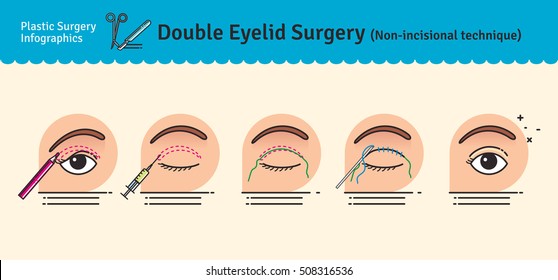Web Content By-Hertz Bjerring
When pondering the option between typical cataract surgery and laser-assisted techniques, you might find yourself considering the benefits and drawbacks each method uses. The choice surpasses the surface area level of expense and precision, diving right into the realm of long-term end results and client fulfillment. As you navigate through the complexities of these two methods, it becomes crucial to understand the nuanced details that can significantly influence your visual clearness and total experience. Keep tuned to uncover the vital elements that will lead your decision-making procedure in this crucial element of eye care.
Typical Cataract Surgical Procedure Advantages And Disadvantages
When thinking about standard cataract surgical treatment, you may locate that it's a reputable and widely-used strategy. In this procedure, a surgeon makes a tiny cut in the eye and utilizes ultrasound to break up the over cast lens before removing it. As soon as the cataract is removed, a synthetic lens is put to restore clear vision.
Among the main advantages of typical cataract surgical procedure is its track record of success. Many individuals have had their vision considerably enhanced through this treatment. Furthermore, typical surgical treatment is frequently covered by insurance coverage, making it a much more easily accessible option for lots of people.
Nonetheless, there are some disadvantages to conventional cataract surgical treatment as well. Recuperation time can be much longer contrasted to newer techniques, and there's a somewhat higher danger of complications such as infection or swelling. Some patients might likewise experience astigmatism or call for reading glasses post-surgery.
Laser-Assisted Techniques Benefits And Drawbacks
Checking out laser-assisted techniques for cataract surgery reveals a modern-day technique that makes use of laser innovation to perform key action in the treatment. Among the main advantages of laser-assisted cataract surgical procedure is its precision. The laser permits exceptionally accurate lacerations, which can lead to much better visual outcomes. Furthermore, using lasers can lower the quantity of ultrasound power needed throughout the surgery, potentially reducing the threat of problems such as corneal damages.
On the disadvantage, laser-assisted techniques can be a lot more costly compared to conventional approaches. This cost mightn't be covered by insurance policy, making it much less accessible to some clients.
An additional consideration is that not all cataract specialists are trained in laser innovation, which might restrict your choices for selecting a doctor.
Last but not least, while the laser can automate certain aspects of the procedure, the surgery still calls for an experienced doctor to ensure successful outcomes.
Relative Analysis of Both Approaches
For an extensive understanding of cataract surgery techniques, it's essential to perform a relative analysis of both traditional and laser-assisted approaches.
Conventional cataract surgery involves hand-operated incisions and using portable devices to break up and get rid of the cloudy lens.
On the other hand, laser-assisted cataract surgery makes use of advanced innovation to create precise cuts and break up the cataract with laser energy before removing it.
In regards to accuracy, laser-assisted methods provide a greater degree of accuracy compared to traditional techniques. Making use of lasers allows for personalization of the procedure based on each individual's eye makeup, potentially causing much better visual outcomes.
Nonetheless, laser-assisted cataract surgical procedure often tends to be extra pricey than standard surgery, which might limit access for some patients.
While both approaches work in restoring vision damaged by cataracts, the choice between traditional and laser-assisted methods frequently relies on factors such as price, accuracy, and specific patient needs.
Consulting with your eye doctor can aid figure out one of the most ideal strategy for your cataract surgery.
Final thought
In conclusion, when making a decision in between standard cataract surgical procedure and laser-assisted strategies, consider variables like cost, accuracy, and private demands. https://www.google.com/maps/place/Carrot+LASIK+%26+Eye+Center/data=!4m2!3m1!1s0x0:0xd8556dcbb492601f?sa=X&ved=1t:2428&ictx=111 offers a tested performance history and insurance policy coverage however may feature longer recovery times. https://www.perthnow.com.au/lifestyle/health-wellbeing/the-truth-about-laser-eye-surgery-ng-b88854591z -assisted methods give higher accuracy and customization but can be much more costly and not constantly covered by insurance coverage. Ultimately, the option between both techniques depends on what is crucial to you and your specific circumstance.

